
The Supreme Court of India issued a firm statement about child trafficking to all parents because the problem continues to worsen in the nation. Traffickers take advantage of juveniles' protection rights to push children into committing crimes. Between 2018 and 2022 there were more than 10,000 documented trafficking cases yet the court conviction rates reached only about 5 percent. The Supreme Court stressed the immediate requirement of higher national alertness and tougher enforcement measures to suppress this threatening problem. Through India's juvenile justice legislation together with the Protection of Children from Sexual Offences Act the country establishes a framework to block traffickers and support survivors.
Context:
-
The Supreme Court of India issued a critical warning to parents about child trafficking being on the rise in the country.
-
The supreme court emphasized that traffickers abuse juvenile protection laws to push children into working as forced labor and sexual exploitation or forcing illegal adoptions.
-
Recent statistics indicate more than 10,000 trafficking cases but the courts convicted fewer than 1% of the offenders.
-
The court has instructed all members of society including authorities and parents to take active steps for stopping child trafficking.
Child Trafficking Overview:
-
Definition describes child trafficking as occurring when anyone recruits or transports or receives children to exploit them.
Forms of Trafficking:
-
Forced Labor: Children who fall victim to trafficking operations end up working in domestic and agricultural sectors as well as construction sites.
-
Sexual exploitation: Online exploitation combines with sexual exploitation to make victims serve as commercial sex workers.
-
Illegal Adoption: Criminal networks participate in illegal adoption through child abductions for selling to prospective parents.
Current Scenario and Statistics:
-
Verifiable statistics reveal that 1,031 convictions emerged from over 10,000 trafficking cases during 2018 to 2022.
-
States with highest number of Child Trafficking: Uttar Pradesh, Bihar, Andhra Pradesh.
-
The 3098 children saved between 18 and 22 years of age in NCRB 2022 data demonstrates both the magnitude of the situation and rescue work progress.
Challenges in Addressing Child Trafficking:
-
Low conviction rate: Investigative and prosecution methods are failing to secure enough convictions because the current conviction rate does not exceed 5%.
-
Lack of awareness: Trafficking victims fail to file reports because they experience both intimidation and social judgment and do not understand the laws.
-
Interstate network: Traffickers move their operations between states which creates difficulties for law enforcement officials to intersect trafficker networks.
Legal and Institutional Framework:
-
Article 23: The Indian constitution through Article 23 prohibits trafficking along with forcing people to work against their will.
-
Immoral Traffic (Prevention) Act, 1956 (ITPA): Criminal trafficking offenses including sexual exploitation of humans obtain their legal classification from the Immoral Traffic (Prevention) Act, 1956 (ITPA).
-
Protection of Children from Sexual Offences (POCSO) Act, 2012: The protection system known as Protection of Children from Sexual Offences (POCSO) Act, 2012 has established itself as the primary instrument aimed at safeguarding children from sexual abuses and pornography activities.
-
Juvenile Justice (Care and Protection of Children) Act, 2015: Under the Juvenile Justice (Care and Protection of Children) Act, 2015 governmental institutions work towards helping children who face trafficking risks get rehabilitation services.
-
Bharatiya Nyaya Sanhita (BNS) 2023: Under the Bharatiya Nyaya Sanhita (BNS) 2023 the government provides tools to fight human trafficking alongside organized criminal activities.
Anti-Trafficking Initiatives:
-
Anti Human Trafficking Units (AHTUs): The current number of 827 Anti Human Trafficking Units (AHTUs) operates as frontline forces against human trafficking operations.
-
Crime Multi Agency Centre (Cri-MAC): Crime Multi Agency Centre (Cri-MAC) functions as a system that enables different law enforcement agencies to exchange information about crimes and criminals.
-
Ujjawala Scheme: Ujjawala Scheme runs as a rehabilitation program which helps trafficking victims transition back home after prevention.
Global Initiatives:
-
Palermo Protocol: In its 2000 release the Palermo Protocol delivers nations framework tools to stop trafficking by establishing prevention, protection and prosecution measures.
-
Global Report on Trafficking in Persons: The Global Report on Trafficking in Persons from the UNODC reveals that among all detected trafficking victims worldwide children make up 38% (UNODC).
-
International Labour Organization (ILO): As a member of the United Nations development system the International Labour Organization (ILO) devotes its mission to ending child labor which constitutes trafficking activities.
Conclusion:
The Supreme Court has issued urgent advice for parents and authorities and social systems to protect children from increasingly prevalent child trafficking. The court's actions serve to create momentum for more effective measures that will fight against this despicable criminal activity. Trafficking receives effective protection through the combination of current legal structures and institutional and international intervention methods. The minimal trafficking convictions together with extensive cross-border criminal networks constitute substantial barriers which demand immediate responsible action from all public sector agencies to safeguard vulnerable children while delivering justice effectively.



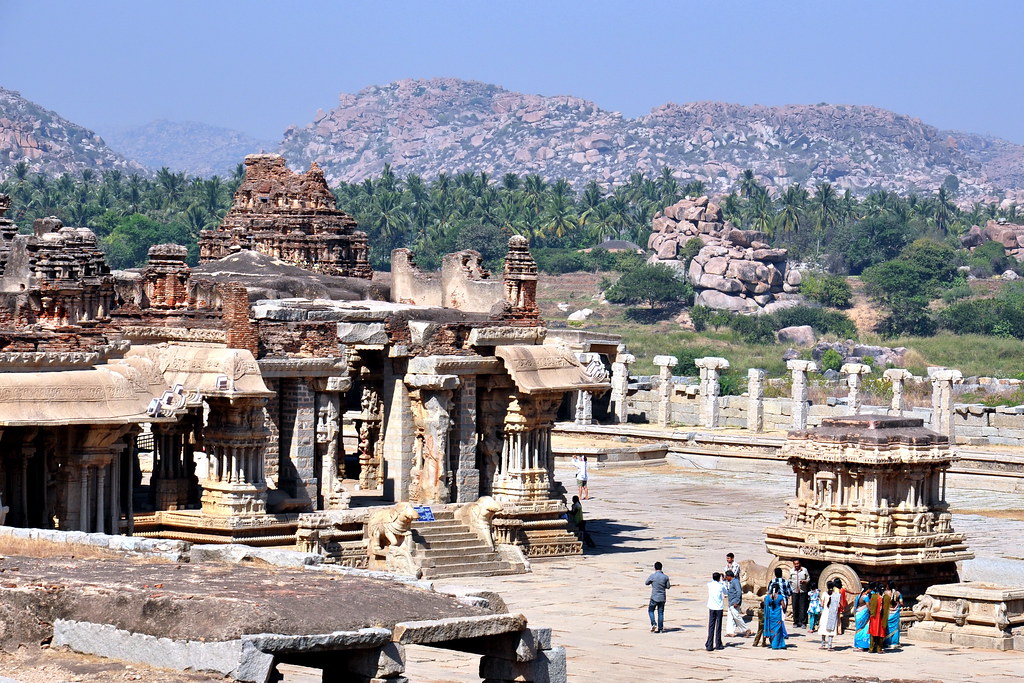 Karnataka Leads India’s First Village-Level Antiquities Survey to Preserve Cultural Heritage
Karnataka Leads India’s First Village-Level Antiquities Survey to Preserve Cultural Heritage India Marks Export Milestone with First Sea Shipment of Bhagwa Pomegranates to the U.S.
India Marks Export Milestone with First Sea Shipment of Bhagwa Pomegranates to the U.S.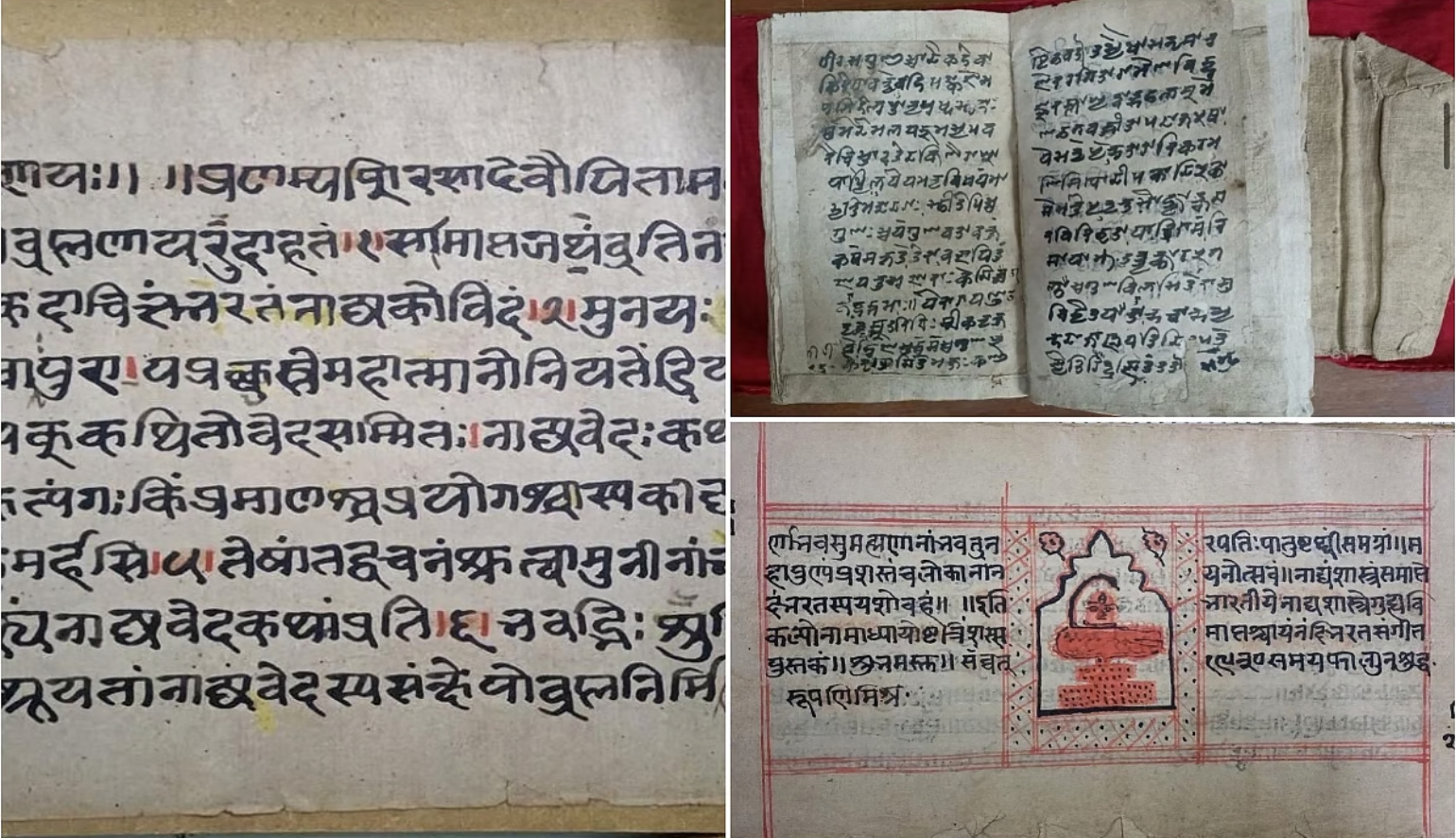 Bhagavad Gita and Natyashastra Inscribed in UNESCO’s Memory of the World Register
Bhagavad Gita and Natyashastra Inscribed in UNESCO’s Memory of the World Register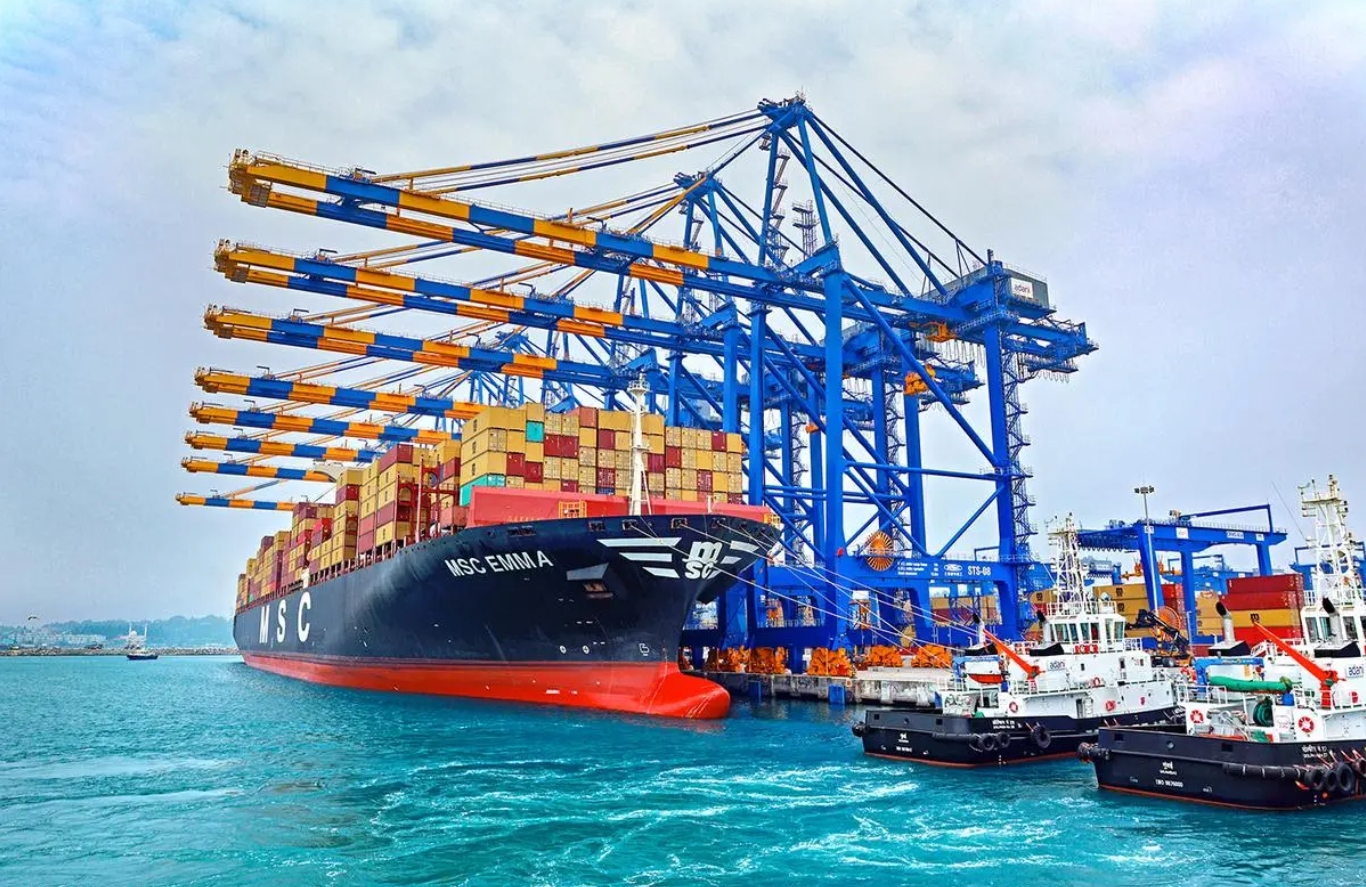 PM Narendra Modi to Inaugurate Vizhinjam International Seaport: Boosting India’s Maritime Growth
PM Narendra Modi to Inaugurate Vizhinjam International Seaport: Boosting India’s Maritime Growth World Heritage day 2025: Safeguarding identity amid disasters and conflicts
World Heritage day 2025: Safeguarding identity amid disasters and conflicts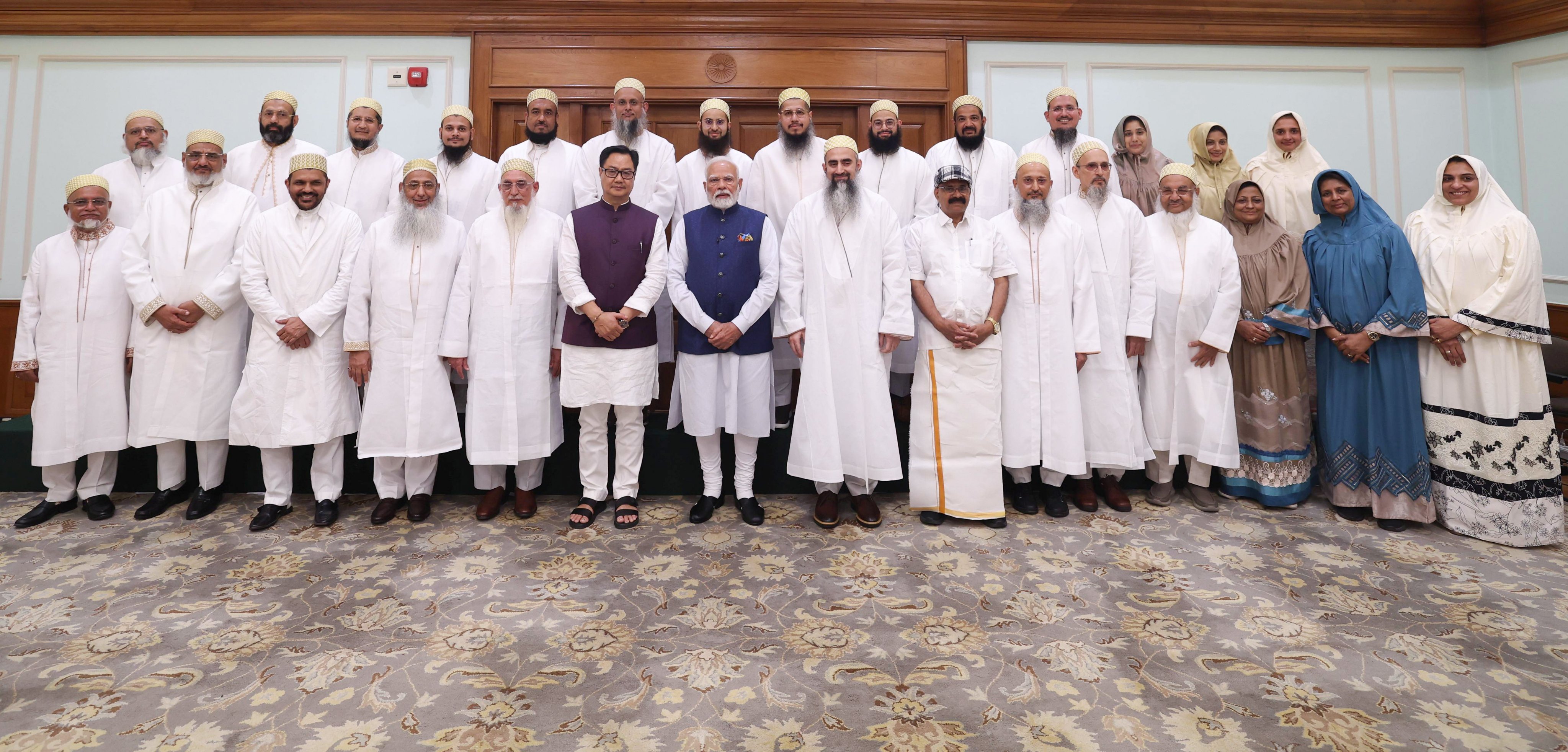 PM Modi meets Dawoodi Bohra Community, earns Praise for Waqf Reform: About Dawoodi Bohra Community
PM Modi meets Dawoodi Bohra Community, earns Praise for Waqf Reform: About Dawoodi Bohra Community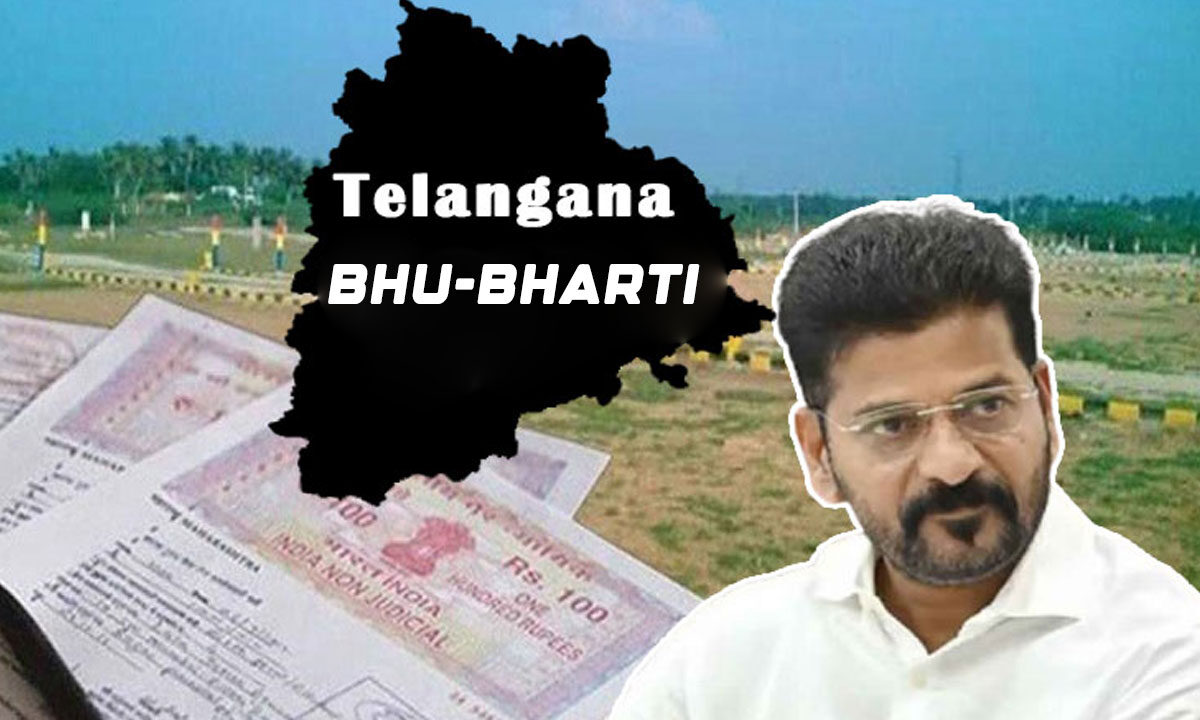 Telangana Bhu Bharathi Portal 2025: Revolutionizing Land Governance
Telangana Bhu Bharathi Portal 2025: Revolutionizing Land Governance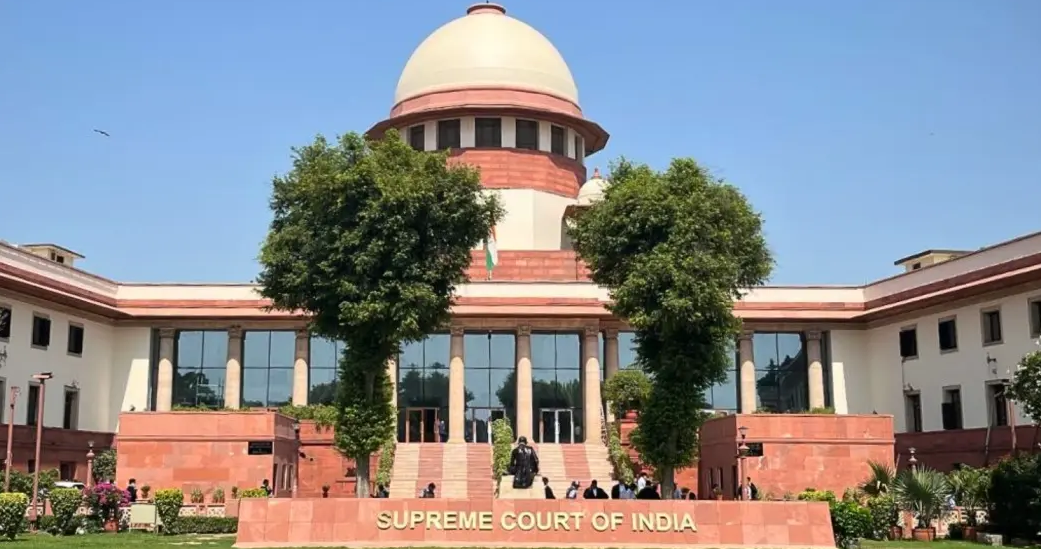 Supreme Court Declares Urdu as Symbol of India’s Composite Culture
Supreme Court Declares Urdu as Symbol of India’s Composite Culture Kerala Becomes First State to Achieve Total Digital Literacy
Kerala Becomes First State to Achieve Total Digital Literacy






